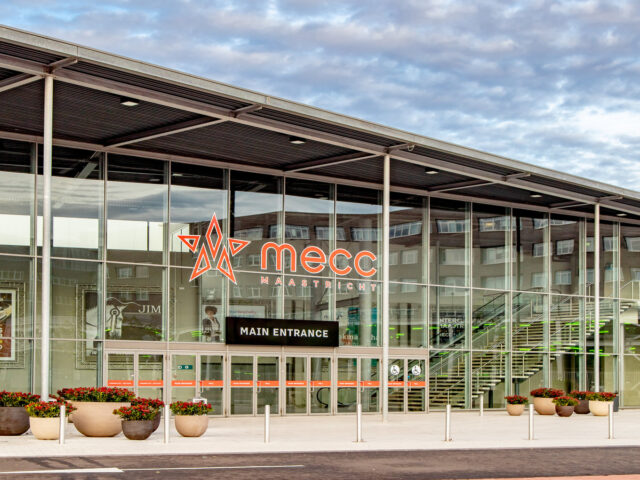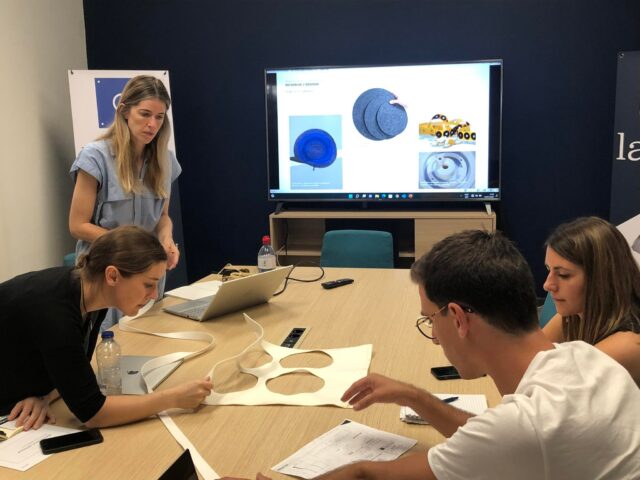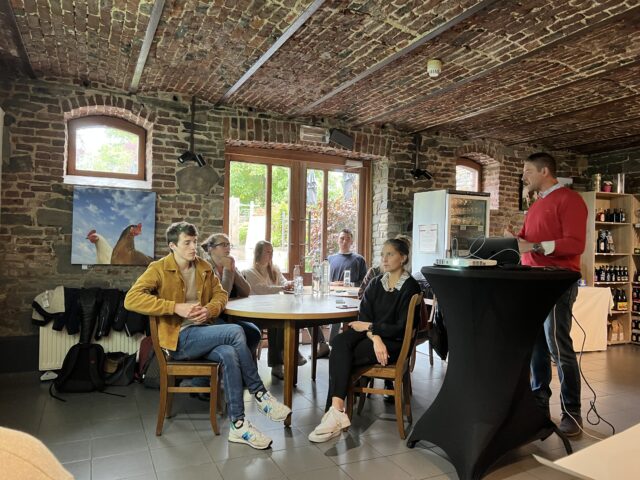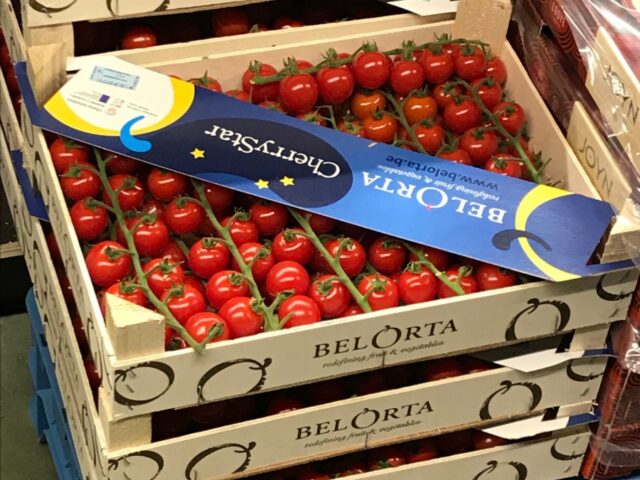In the production of composite tops for kitchens and bathrooms, among other things, quartz composite manufacturer Diresco has a lot of material that goes to waste. 500 tonnes per year of ‘mixer waste’ or material that gets stuck in the machines, and a multiple (7,000 tonnes) is released during the sanding of the sheets. These residual flows require a solution. An innovation project led by designer Frederik Deschuytter and business developer Marcel Van de Velde of Senior Consultants Flanders.
Diresco is the market leader in the Benelux in quartz composite plates and produces approximately 4,000 m2 of plate material (suitable for kitchens, bathrooms, table tops, walls, floors, stairs and wall cladding) per working day. A lot of material is lost during this production process. On the one hand, there is mixer waste, which is material that gets stuck in the machines or breaks down during the process, good for 500 tonnes a year. Another, even larger, residual flow is the sludge, or material released during the polishing process. As much as 7,000 tonnes a year. With the exception of road construction, this sludge has very few areas of application and, above all, costs a great deal of money to process.
This challenge from Diresco was already on the table during the bootcamp in the autumn of 2020. Then lead designer Stan Maes and a team of students were able to develop very interesting concepts based on the mixer waste. The potential thus uncovered convinced Wanderful.stream and its experts to investigate this concept further in a fully-fledged innovation project. However, in order to avoid the transition from Bootcamp concept to innovation path, the premise was re-examined. What can be done with the residual flow, and does the challenge not lie in the sludge waste rather than the blending waste?
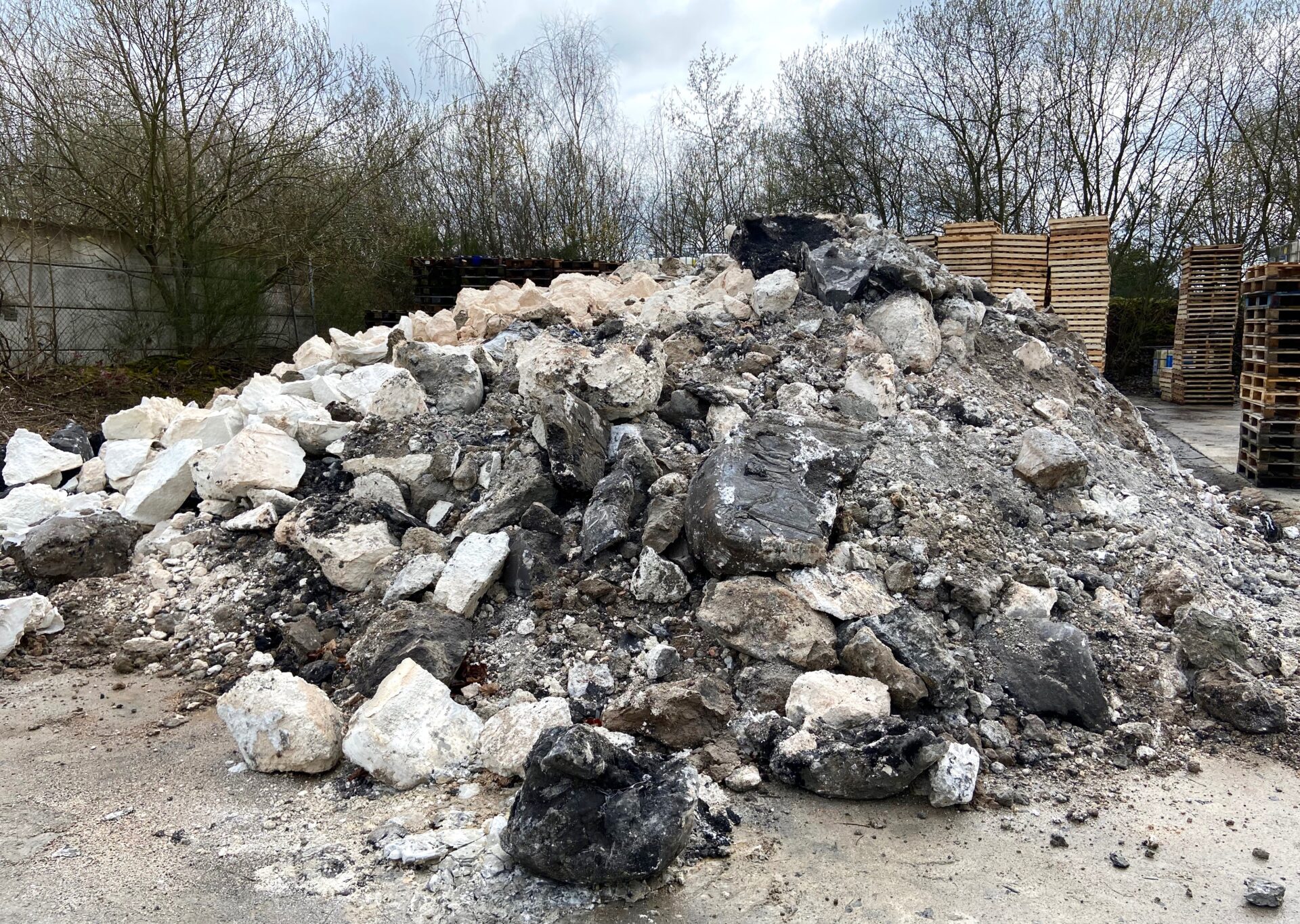
BIG HOPE
“Definitely, because it is a much bigger heap. And it also represents a big cost. Quite apart from the gigantic technical challenge,” says Bjorn Christis, responsible for Labo / Research / Health, Safety and Environment at Diresco. “Composite is a mixture of quartz, resin and pigment and that mixture hardens. How we should then manipulate and reuse this cured residual material is a crucial question, quite apart from what we can or should do with it.”
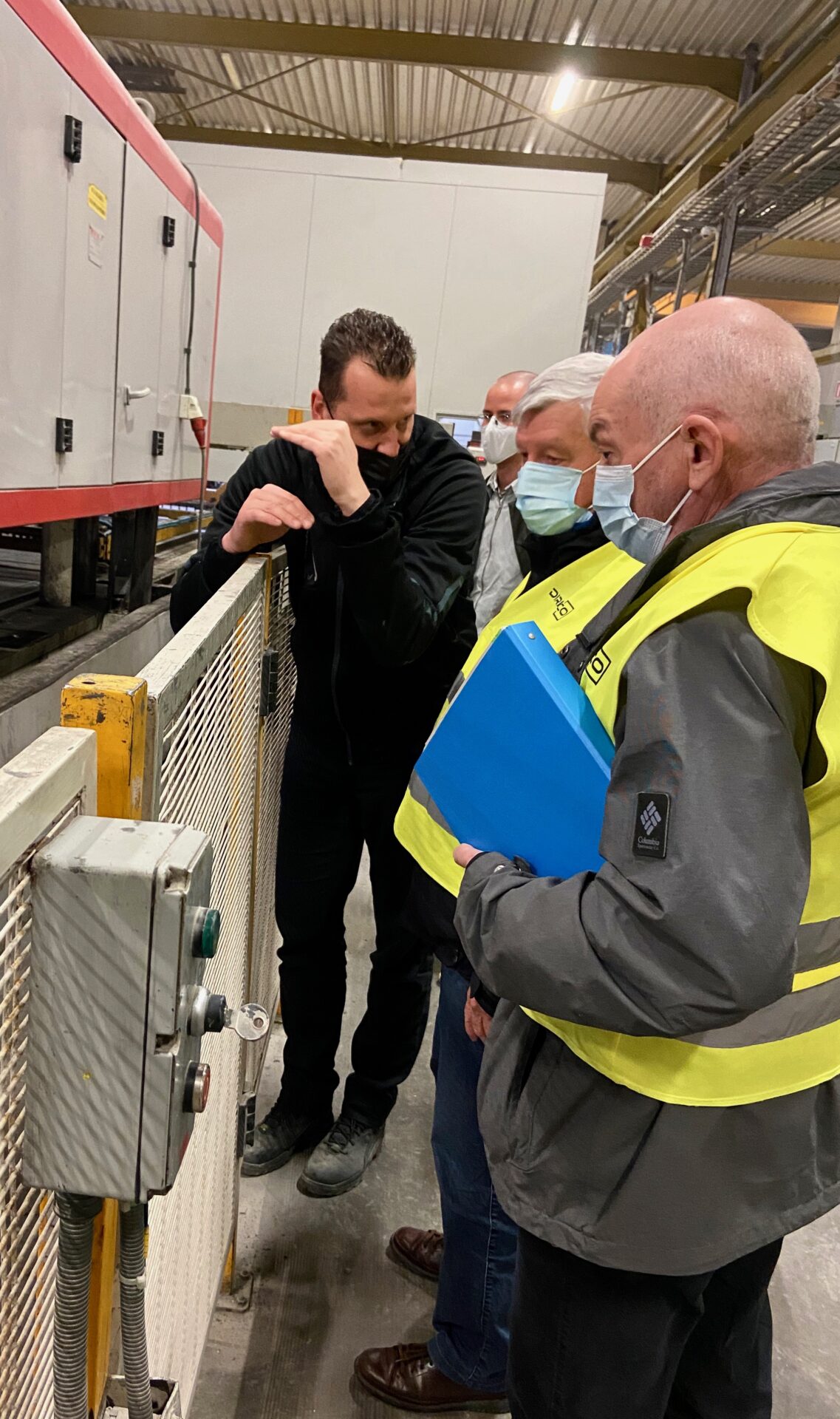
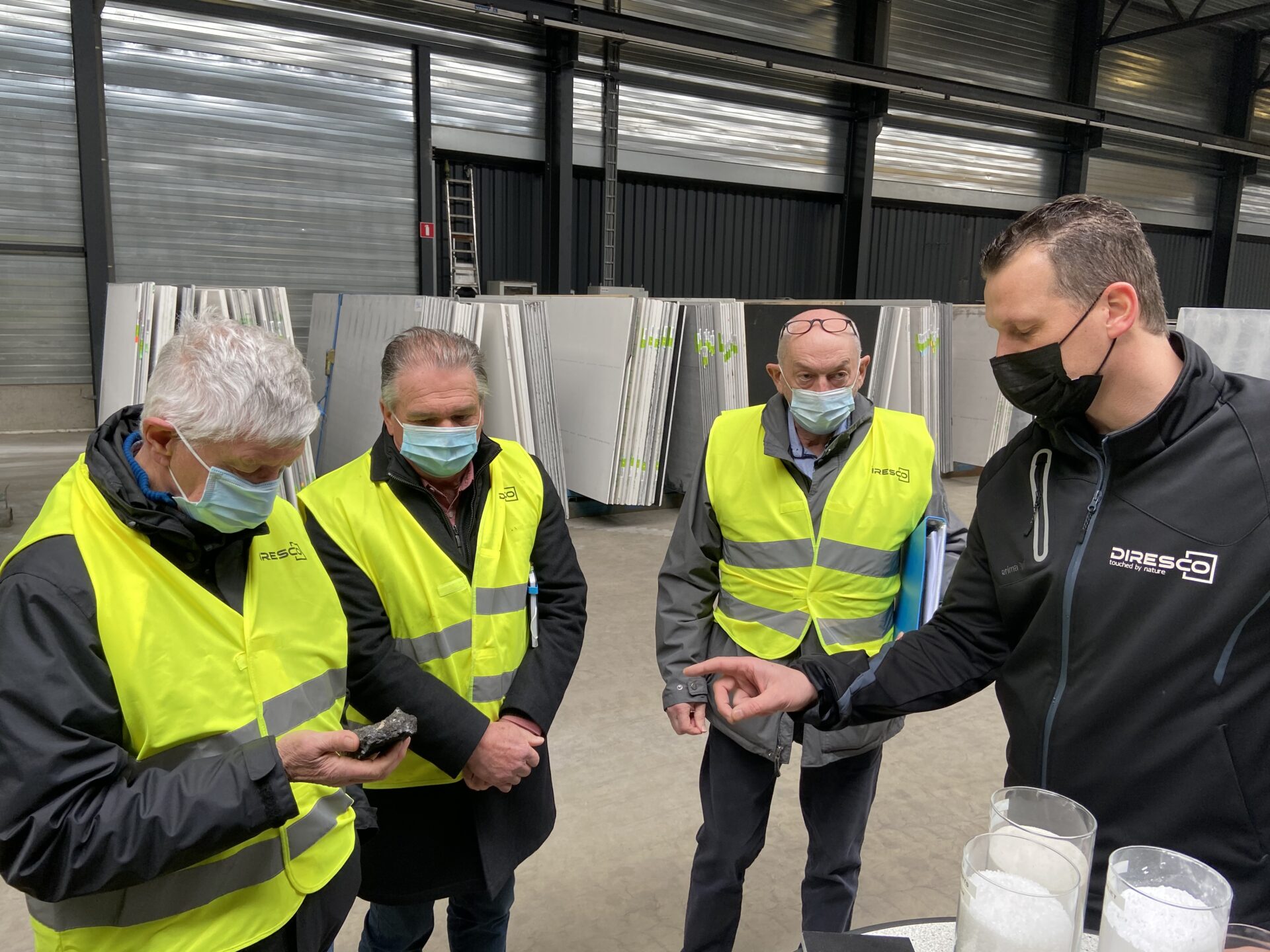
“You can think about what you can do with the residual flow, if you also do everything possible to limit it. And there is still a lot of potential there.“
Marcel Van de Velde
– Senior Consultants Vlaanderen
LESS IS MORE
Marcel Van de Velde, business developer at Senior Consultants Flanders and assisted in this process by his colleagues Jean-Pierre Reyniers and Frans Jansen, also points out the importance of scrutinising every step in the production process. “You can think about what you can do with the residual flow, if you also do everything possible to reduce it. And there is still a lot of potential there. With 7,000 tonnes of sludge material a year, you have to get to work now, and reuse in the current production process may make a difference…. but it will never suffice as the only solution.” The trio of Senior Consultants Flanders is not just focused on economic potential; the three wise men each have a great deal of professional experience in multinationals and chemical groups in particular. As a result, they bring special technical insights to this innovation process.
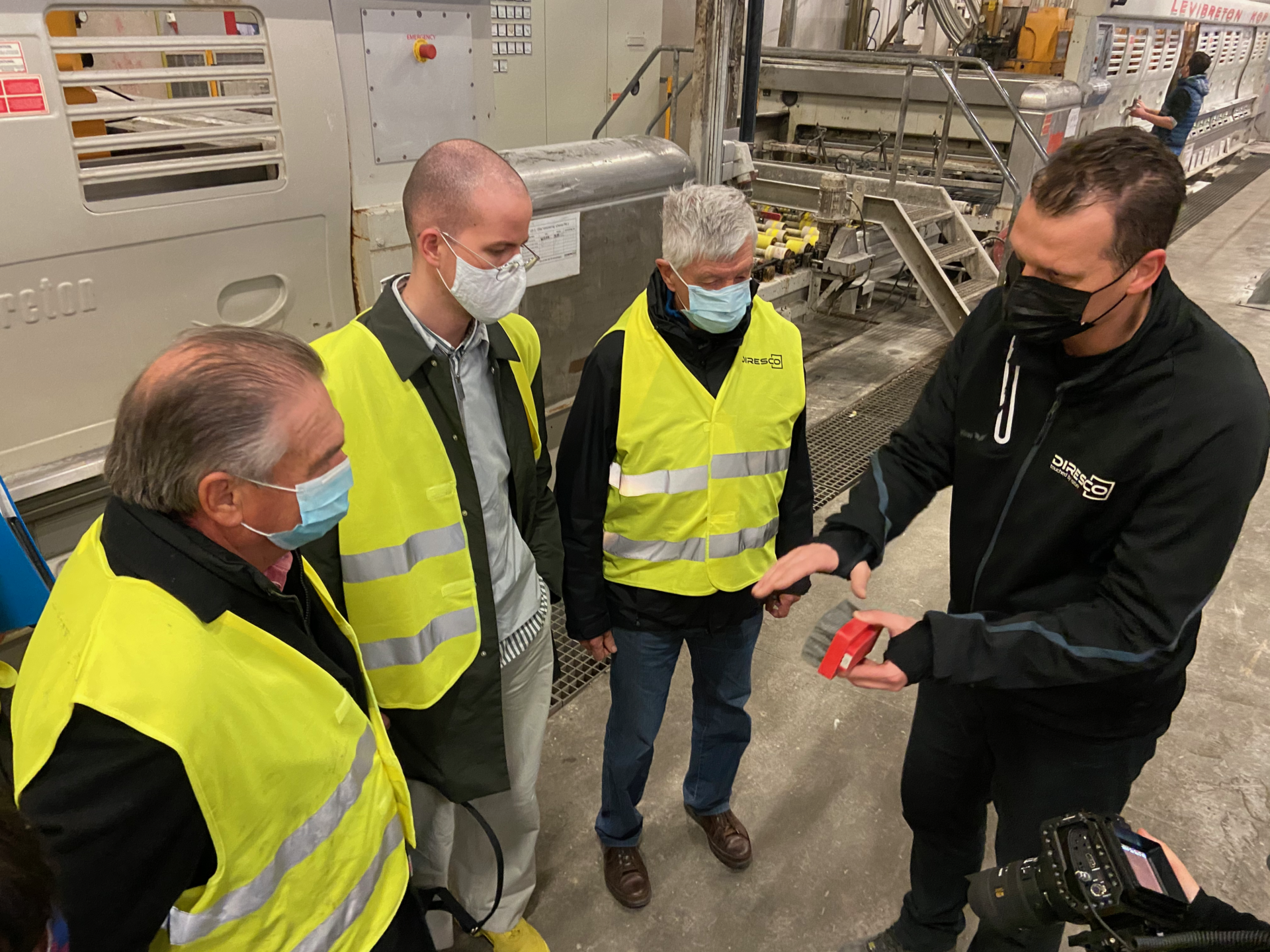
ADDED VALUE
Designer Frederik Deschuytter, who with his studio Fred Erik often focuses on material innovations and experiments, is firmly convinced that the sludge waste can be reused in Diresco’s production process. “The first studies make us hopeful that we can find a way to process the sludge waste into a basic component to make new plates. But then we have to make sure that we create added value with the design. How? By means of special additions of other interesting materials. Or adding structures. Those are the experiments we are going to set up in the coming weeks and months.”
This innovation project with Diresco, Frederik Deschuytter and Senior Consultants Vlaanderen starts with the search for a way to treat, process and reprocess the sludge waste. This is a basic requirement to be able to valorise the material, either within Diresco’s current production process or in other (innovative) applications. The result is expected in November 2021.
During the Community Event on 3 July 2020, moderator Xavier Taveirne had a deeper discussion with the above actors. You can watch it again here.
